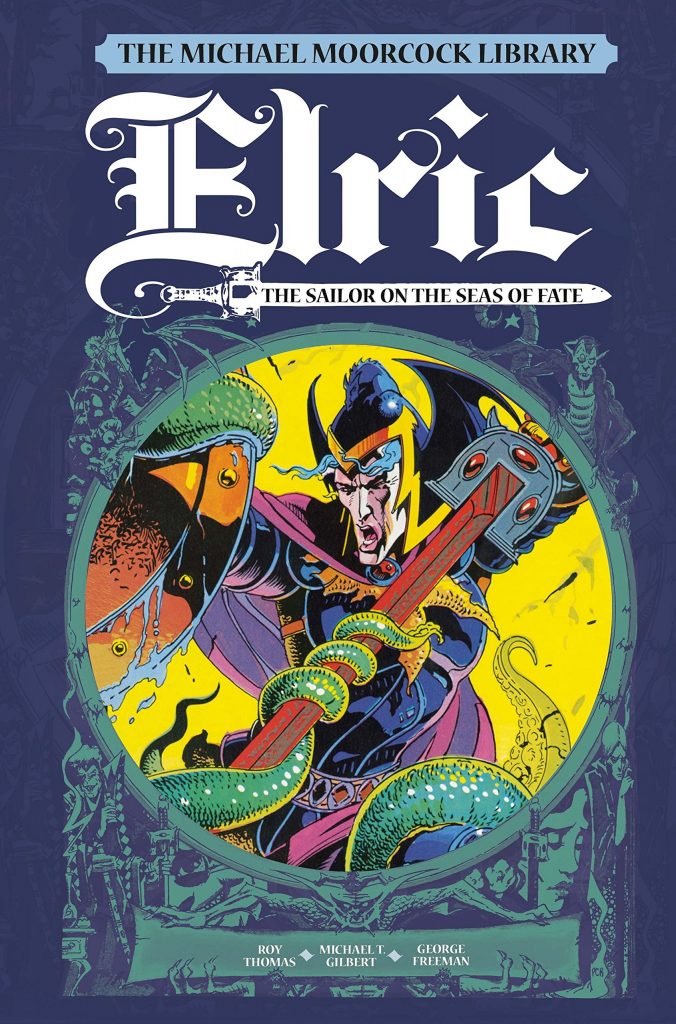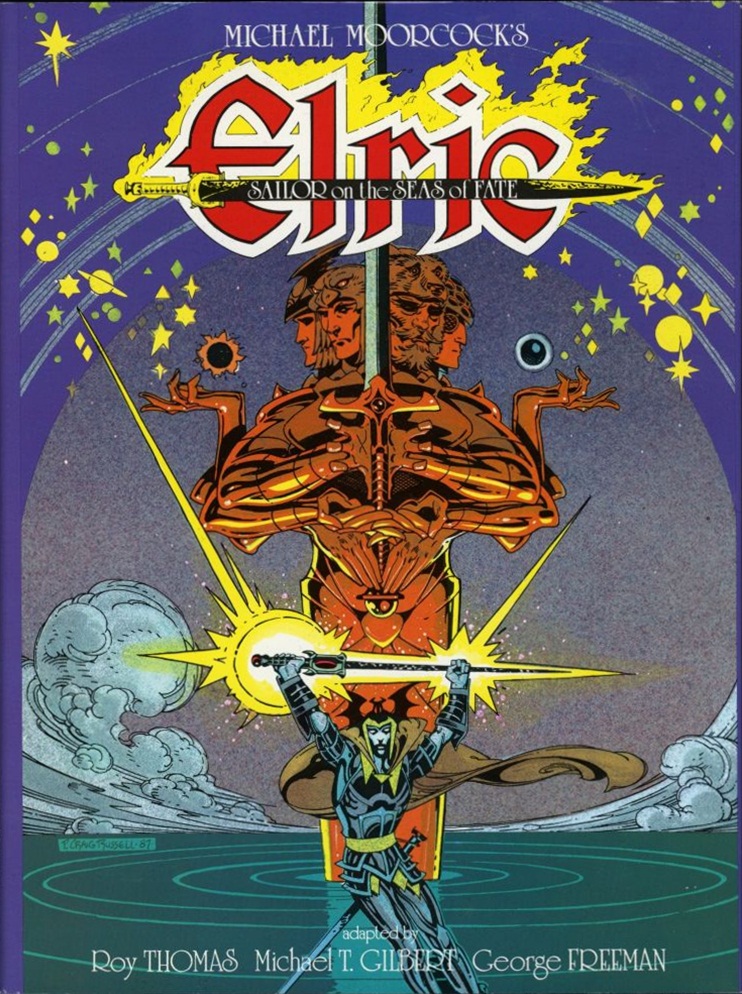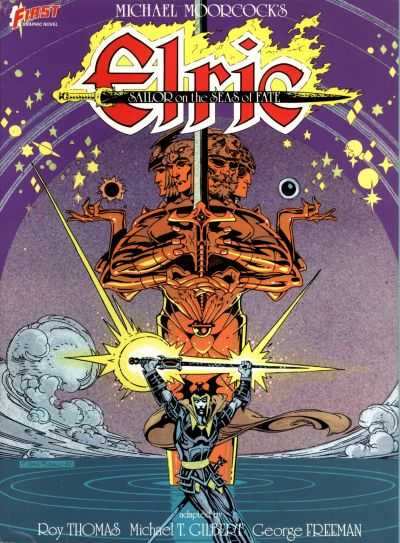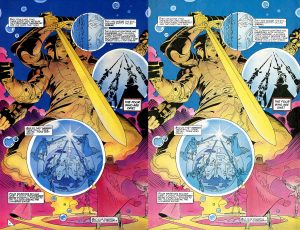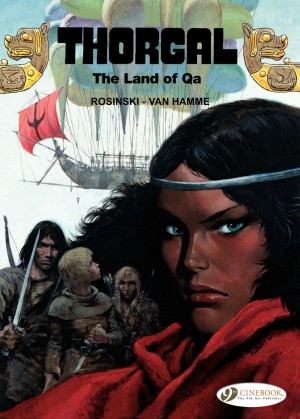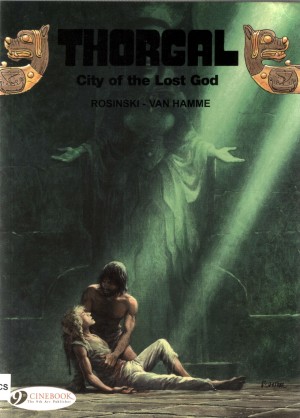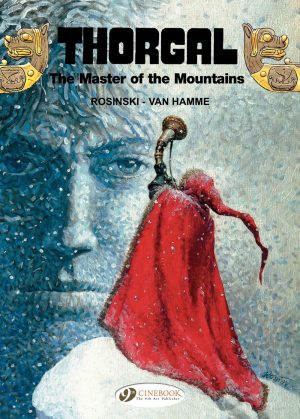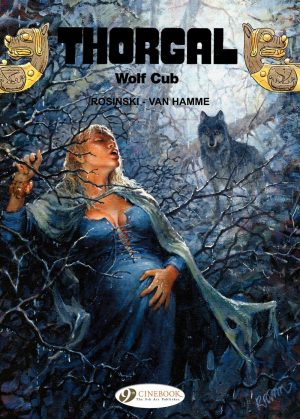Review by Ian Keogh
Of all Michael Moorcock’s Elric novels Sailor on the Seas of Fate has the widest appreciation among fans, its novelty being a leaf taken from superhero comics via uniting Elric with heroes of Moorcock’s other fantasy novels. Standing on a shore considering how he might cross the sea, Elric is picked up by a ship on which his fellow passengers are Corum, Erikosë and Hawkmoor, along with several other warriors. The enigmatic captain notes that Elric is his final passenger on a vessel moving between dimensions, and there is a mission for them in the fabled city of Tanelorn beset by twin sorcerers.
Roy Thomas breaks down Moorcock’s story for comics, his skill at drilling to the essence of novels represented in comic form long established, and much needed for what’s three conjoined stories under one title. The first introduces Moorcock’s idea that all his fantasy heroes are aspects of the same character, the Eternal Champion, and the concept of time passing differently in different dimensions. Despite the thrill of his characters meeting, it’s a problematical story, episodic, at times high on abstraction, and one that meanders to an anticlimactic ending.
Following that the other characters are discarded leaving Elric deposited on a world near to Melniboné, needing to find his way home. As part of the bigger picture over the second and third stories the soul-sucking and other propensities of Elric’s sword Stormbringer are investigated and establish that while Elric is required, perhaps he’s not the controlling partner. This is also part of Elric’s journey toward dealing with some unfinished business in The Dreaming City, so he learns much about his race’s ancestry. When the plot moves into such areas it’s fascinating, Moorcock’s view of people almost always acting in self-interest a simmering background current, and it makes the third story the most compelling, with some excellent foreshadowing of a horrifying event.
The abstractions of the opening story make life difficult for artists Michael T. Gilbert and George Freeman, who have a fluid arrangement, the only constants being Gilbert supplying the layouts and Freeman the colour. This is considerably muted to far better effect in Titan’s 2015 reissue, the sample page here comparing both versions. The art is at times delicately beautiful and at others gloriously brutal, and taken on its own terms it looks very good. Unfortunately, the benchmark on Elric has been set by P. Craig Russell, and although Gilbert and Freeman work in the same style it’s only very rarely, that they match his vision.
Moorcock’s work has a sustained popularity, and his utilising vast and imaginative concepts is fundamental to that. Beyond Elric’s tragically fallible character Moorcock introduces ideas similar to those of ancient human myths, of vast wars being set in motion and Gods way beyond human understanding, hanging these over the actions of his hero to create a beguiling continuity. Despite high regard for the source, Sailor on the Seas of Fate is a weaker Elric graphic novel, the importance of what’s introduced perhaps of greater significance than the actual adventures.
In addition to the 1985 First Comics graphic novel there is a limited edition hardbound version published by Graphitti Designs.
